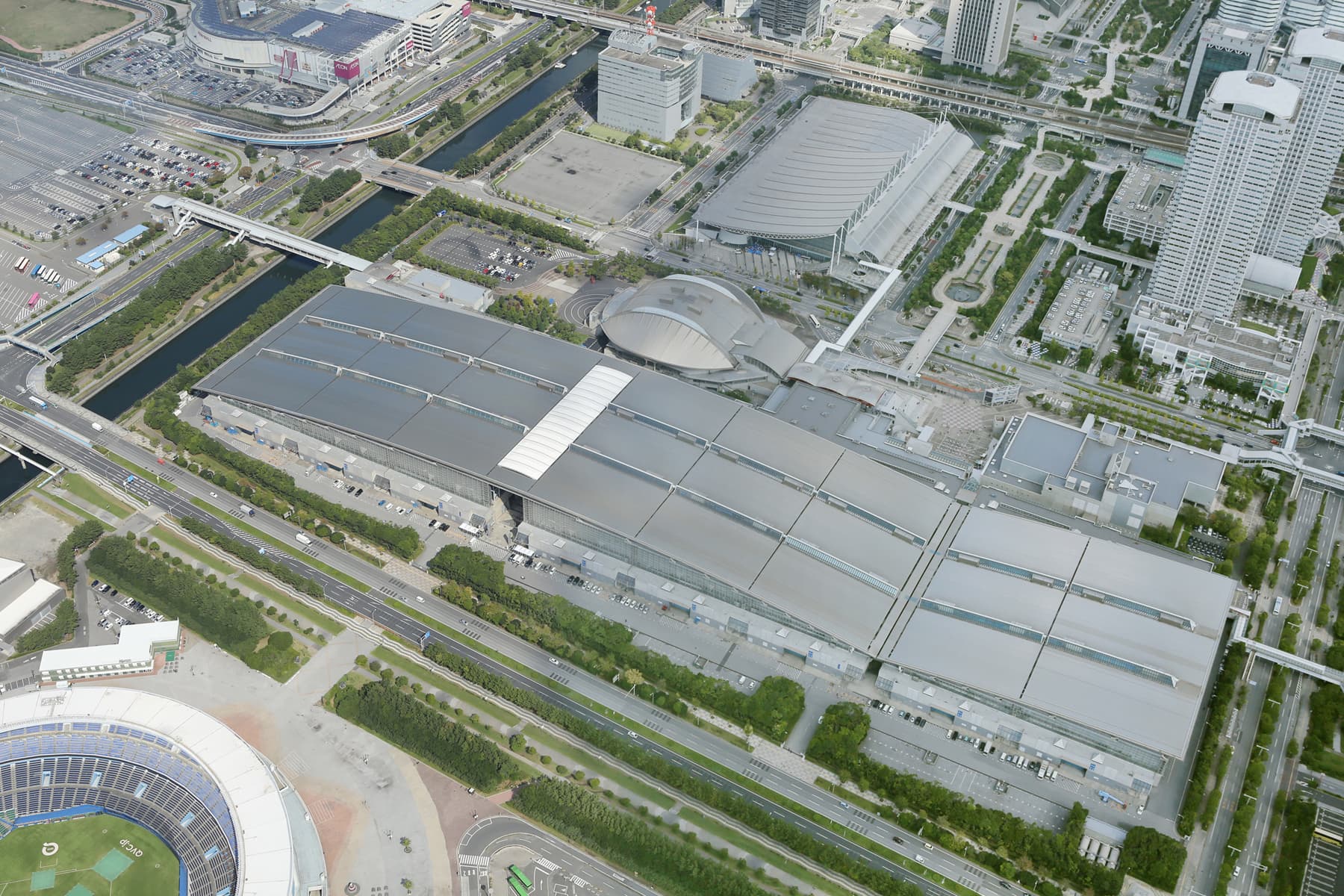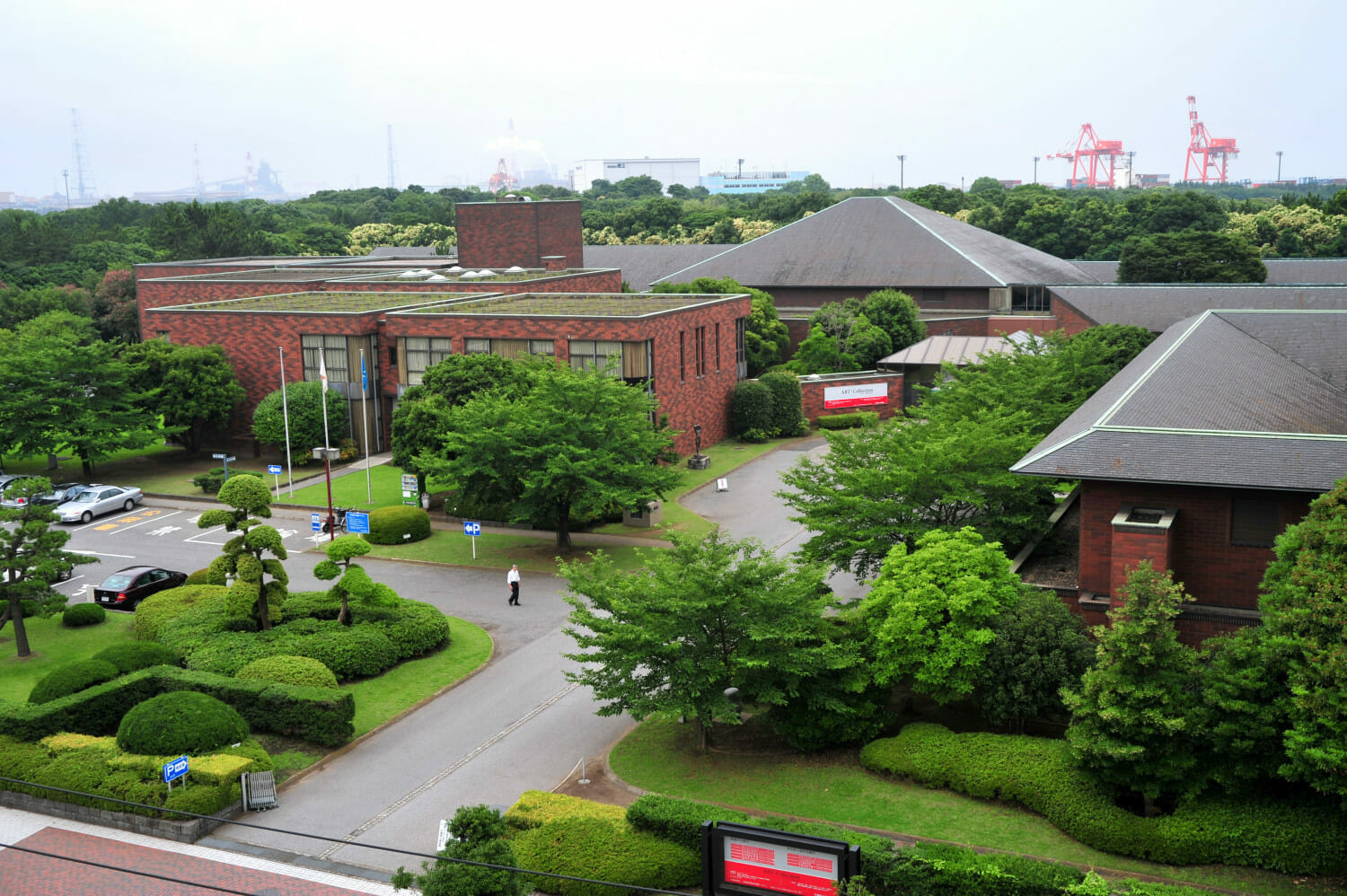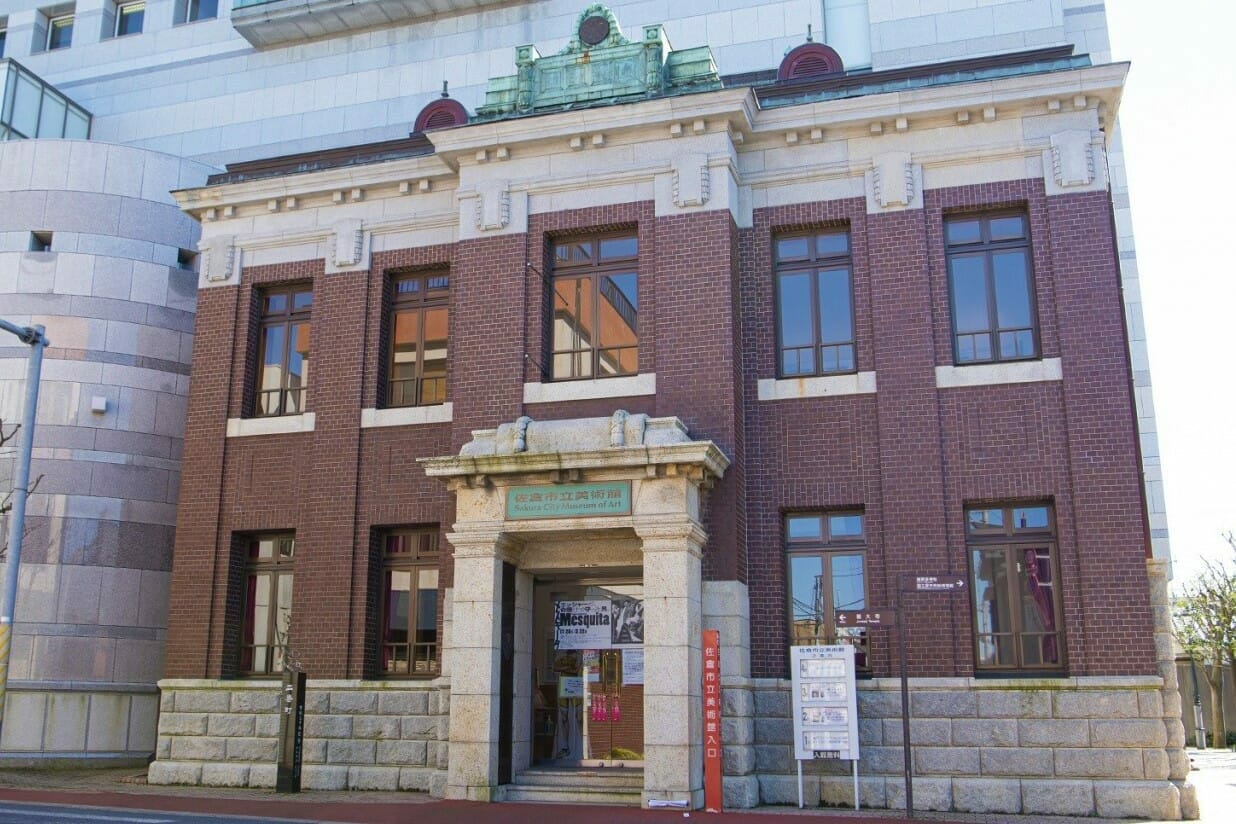
Things to Do | Visit Chiba | Latest update:2024/12/27
Japan is known for its densely packed cities which bring together many unique architectural designs. Here, we’ll show you four architectural landmarks that follow different styles, but are all equally impressive and serve as important symbols of their respective communities here in Chiba.

Makuhari Messe is an internationally recognized convention complex encompassing multiple buildings with numerous halls both large and small. Events are constantly going on here like music and media festivals, trade and job fairs, or business and academic conferences. The designer of the facility, Fumihiko Maki, is an esteemed Japanese architect and recipient of the Pritzker Architecture Prize, often called the Nobel Prize of architecture. The two largest buildings on the complex, the International Exhibition Halls, each have their own unique look. One is meant to resemble the rolling mountains of Chiba’s interior, and the other is meant to symbolize a wave cresting along the Chiba coast. The overall appearance of Makuhari Messe is very modern, almost reminiscent of science fiction, with most of the exterior sporting a stunning chrome color, accentuated by the visually pleasing building lines.
 Photo by NODA
Photo by NODA
The Hoki Museum was built in 2010 as the first museum dedicated solely to Japanese realist paintings. The collection inside is impressive, taking you through curving halls of art, and with a chic cafe inside to relax and ponder the meaning of the nearly 500 paintings. All of the beauty is not inside however, as the exterior architecture has won awards for its design. The company that did the design, Nikken Sekkei, is one of the top architectural firms in Japan. The angular, modern layouts of concrete and glass on the first floor are impressive enough, but the truly stunning section of the museum is the elongated hallway that curves away from the building in its own sort of floating section. It’s both an illusion on the eyes, and a monument to modern architecture.

This museum brings together many creators that have an artistic connection to Chiba Prefecture. This includes both Japanese and overseas artists, including famous ones such as Renoir and Millet. The design of this expansive museum was done by an architect whose works are often considered representative of Japan’s post-war period. Masato Otaka seems to have designed this museum to resemble a Japanese hiraya, which employs long rooms with no change in elevation. You can see from the panoramic view of the museum that while it looks somewhat modern, the basic layout is reminiscent of traditional Japanese homes. The style of tiling on the outer walls of the building is done with Tokoname ceramics, making it a work of art in itself. Furthermore, the surrounding trees transform the museum into an artistic oasis in the middle of the modern city.

Sakura City has many remnants of its warrior past still visible today, like former samurai residences, and castle ruins. In the shift to the Meiji Period however, it was famous for leaving its warrior culture behind in favor of the arts, and many artists have a strong connection to this city. One artist, Matakichi Yabe, studied architecture in Germany, and was a key figure in pioneering European designs for buildings; namely banks, two of which can still be seen in Chiba. The entrance hall at the Sakura City Museum of Art was formerly the Sakura Branch of Kawasaki Bank designed by Yabe. It still stands with its European elements beautifully pronounced as a symbol of Japan’s adoption of international arts and technology at the turn of the 19th century.
2-1 Nakase, Mihama Ward, Chiba City
(A 5-minute walk from Kaihin Makuhari Station on the JR Keiyo Line / 17 minutes by bus from Makuhari Hongo Station on the JR Sobu Line or Keisei Line / 40 minutes by highway bus from Narita Airport)
+81-43-296-0001
Accessibility
3-15 Asumigaokahigashi, Midori-ku, Chiba City
(From JR Toke Station - South Exit, take the bus bound for "Asumigaoka Brand New Mall" to the "Asumigaoka Higashi 4-chome" stop (approx. 5 minutes), then walk 1 minute.)
+81-43-205-1500
Accessibility
1-10-1 Chuoukou, Chuo-ku, Chiba City
(A 10-minute walk from Chiba Minato Station on the JR Keiyō Line, or the Chiba Urban Monorail.)
+81-43-242-8311
Accessibility
*If you require a breast-feeding room, please inquire at the reception.
210 Shinmachi, Sakura City
(An 8-minute walk from Keisei Sakura Station's south exit, or a 20-minute walk from JR Sakura Station's north exit.)
+81-43-485-7851